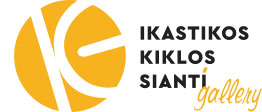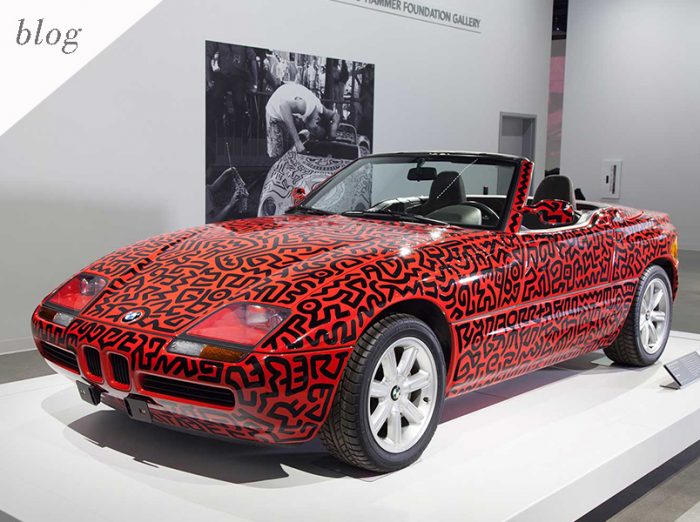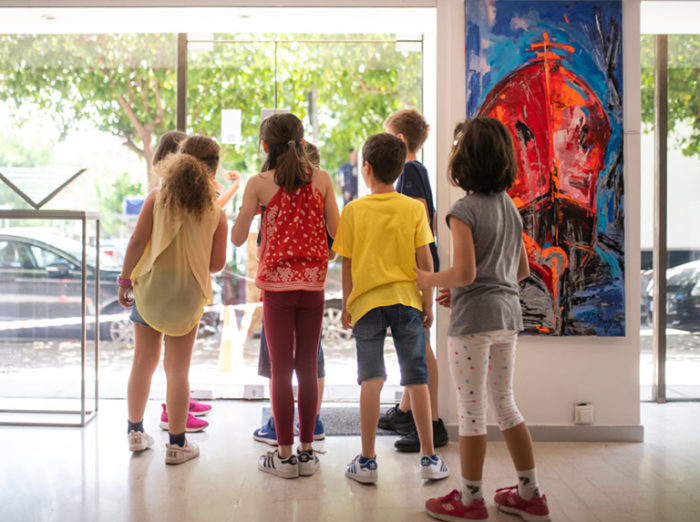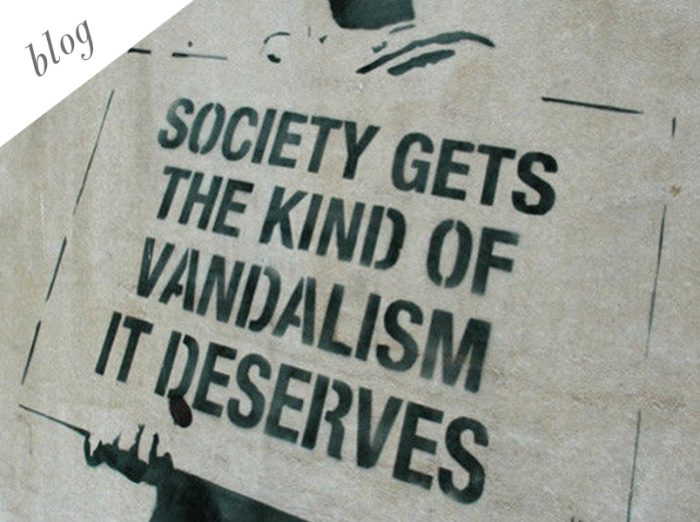SILKSCREEN PRINTING METHOD – GICLEE
Silkscreen is a printing method in which a stretched screen made of silk is used to transfer ink onto a surface. Specific parts of the screen mesh are impermeable so that no ink is transferred in those areas. With a spatula the ink is pressed onto the grid and transferred onto the printing medium. A single color is printed on each pass and multiple screens are required for multicolour images.
THE HISTORY OF SILKSCREENING
Silkscreen originated in the early 10th century in China. It became known in Europe in the late 18th century but it was not immediately accepted due to the lack of silk production. In early 1910 Beck, Peter and Owens experimented with the use of photosensitive materials and succeeded in capturing images in great detail, creating the bases for the industrial use of this method. In the 1930s a group of artists founded the National Serigraphic Society and described the method as serigraphy to separate the artistic applications from its industrial one.
Silk screening as an artistic method of expression became particularly popular after 1960 from Andy Warhol’s and other artists works and was used for the production of original artworks but also the reproduction of works on canvas and other mediums.
SILKSCREEN TECHNIC
In a frame (usually metal) a grid is stretched. With the development of this method, the silk screen has been replaced by a synthetic polymer. In the stretched mesh, a photosensitive paste is applied and dried with warm air. The image that is about to be printed, is divided by color and shades and is printed in black and white on a transparent film, rice paper or printed by a printer. It is then placed on the mesh with the photosensitive paste and illuminated with an ultraviolet lamp. On areas where the divided image has its subject, the light doesn’t reach the paste in opposed to the areas with no subject where the paste hardens and polymerizes. After this process, the screen is then washed and wherever the paste has not been polymerized it is removed leaving a copy of the separated subject on the grid. The process is repeated for each color and color tone with the corresponding screens.
TRANSITION
Industrial silkscreen printing has been applied in commercial printing on various materials (paper, plastic, metal, wood, fabric, etc.). Artistic silk screening uses more traditional methods with zero participation of machines in the presence of the artist who determines the final form of the reproduced work. A new method of artistic reproduction, Giclée has been applied since the late 1980s in digital printers, almost replacing silkscreens. Giclée prints are made with archival pigment-based inks on Photorag Acid Free paper which has a large variety of color and excellent color tone result. At the same time a great amount of paper is saved. These advantages make it the ultimate reproduction method for artists and photographers to exploit and print both reproductive and original works.
* Image source: covetgarden.com




